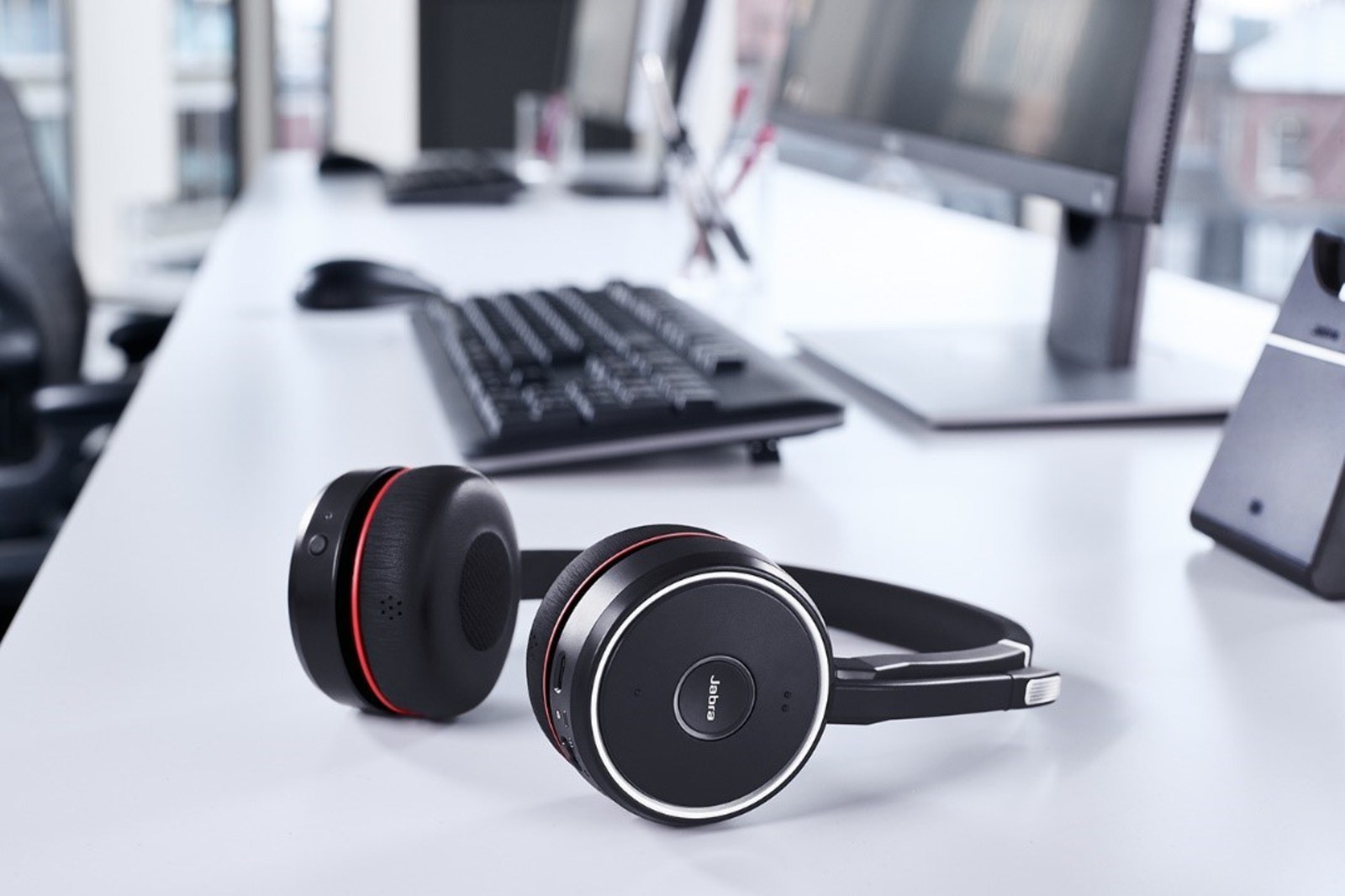

Sound Quality: Our test editors aren’t audiophiles, so evaluating sound quality is largely subjective. (The latter fit is safer for running outside and among other people.) Some runners like buds that fit deep in their ears and block all outside noise, allowing them to crank up the tunes, while others prefer lots of environmental sound from a looser fit. That fit also affects how much outside sound is let in-there’s no ideal balance for everybody.

The best running headphones will fit comfortably, so you can think about your run and not your aching ears. Here’s how we weighed each category of runner feedback during our testing: Fit and Ambient Sound When evaluating headphones for running, we consider key categories like fit, sound quality, and battery life. We run with music nearly every day, so we’ve collectively run hundreds of miles using each of the earbuds listed on this page. Our test editors love running with music-so much so that we even conducted a test on whether a song’s beat can influence your running pace. These buds are typically smaller (because the connecting wires house some of their electronics), and their lower weight can mean less fiddling with the fit.īecome a Runner's World+ member for exclusive access to product testing opportunities! If you can get past the connecting wire, you’ll enjoy better battery life (eight or more hours, compared to four to six from some truly wireless models) and a significantly lower price. Headsets with active noise cancelling technology block high frequency sounds, and can also emit sound waves that cancel out lower frequency sounds, enabling the user to focus on the caller.These earbuds are still untethered from your phone, but they use a wire or band to connect the buds and store batteries, microphones, or an antenna. That’s why noise cancellation is important when choosing a headset.

Many call centers are located in open office environments and can be crowded and noisy.īackground noise can lengthen call times, distract your employees and disturb the important conversations they are having with callers and customers. Look for lightweight materials and ergonomic features when choosing headsets for your call center. They need to feel fresh and motivated when talking with callers and a heavy clumsy headset is the last thing they need. Headset comfort is just as important as durability.Ĭall center employees work long hours taking and receiving calls and the headset is their most important tool. Look for headsets made of quality materials, such as surgical steel, and be sure to check the warranty. Headsets that can be easily broken or damaged reduce call center efficiency, increase frustration among employees and can be costly to replace. Headsets are critical for the successful operation of a call center, so quality and durability are also important considerations. Look for vendors with a wide selection of styles to choose from. Most call centers utilize dual earpieces to ensure maximum audio quality for the user and the caller. There are many types of headsets – from single and dual earpieces to over the head or behind the ear earpieces.
#Jabra headset upgrade
A well-designed headset must have the latest audio technology, innovative features that make it easy to set up, use and upgrade – as well as looking smart and feeling comfortable. Let’s take a look:Īs Steve Jobs once said, “Design is not just what it looks like and feels like. The first step is to understand the needs of your employees and find out what will work best for your call center and the services you provide. Design, durability, noise cancellation capabilities and compatibility are just a few of the considerations you need to make.

There are many factors to consider when choosing headsets for a call center.


 0 kommentar(er)
0 kommentar(er)
